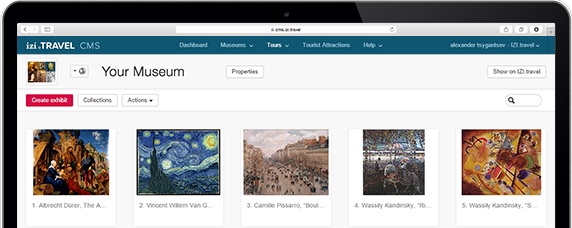Iron Age - Mound farmhouses
Welcome in the Iron Age! It’s the 4th century BC and we’re way up in the North of the Netherlands, in a province called: Groningen. In a few centuries the Romans will write about us that we have a flood a couple of times a day! A bit confused those Romans, as they mix up the tides of the sea. But although it’s not everyday, we do get a lot of floods so that’s why we live on a mound, that hill on which the house was built. Because of those floods, there is a lot of salt in the soil which causes some problems. There are for example very little crops that will grow on this salty soil and definitely no trees. We had to collect the wood all the way from Drenthe to build the house. Reed for the roof does grow here and there is a lot of grass growing so we are able to keep cows. The manure is used to make walls for the house, as salty clay will not stick. Some of the manure we dry so we can use it instead of wood for fire.
Over the years we’ve been breeding the cows smaller and smaller. When you slaughter a big cow, you will have far too much meat and we don’t have a freezer yet to prevent the meat from spoiling. It does take some explaining when the Romans start asking for taxes and the cowhides are much smaller than they are used to.
The name of this era obviously comes from our new skill to make iron. However, this is a long and costly process, so iron is not something that everyone can use in abondance. Most people are limited to an axe, a knife and firesteel. Now that we can use a flintstone and firesteel, the process of making fire is much less time consuming than it used to be with a bow drill.
You’ve now reached the end of the Prehistoric Era. Just take a look around in the last houses, but watch out! If you walk passed the wall, you will enter the time of the Romans, vicious people those Romans, with their taxes and their fights in the arena!
创建您自己的音频之旅!
使用此系统的移动导游应用是免费的


